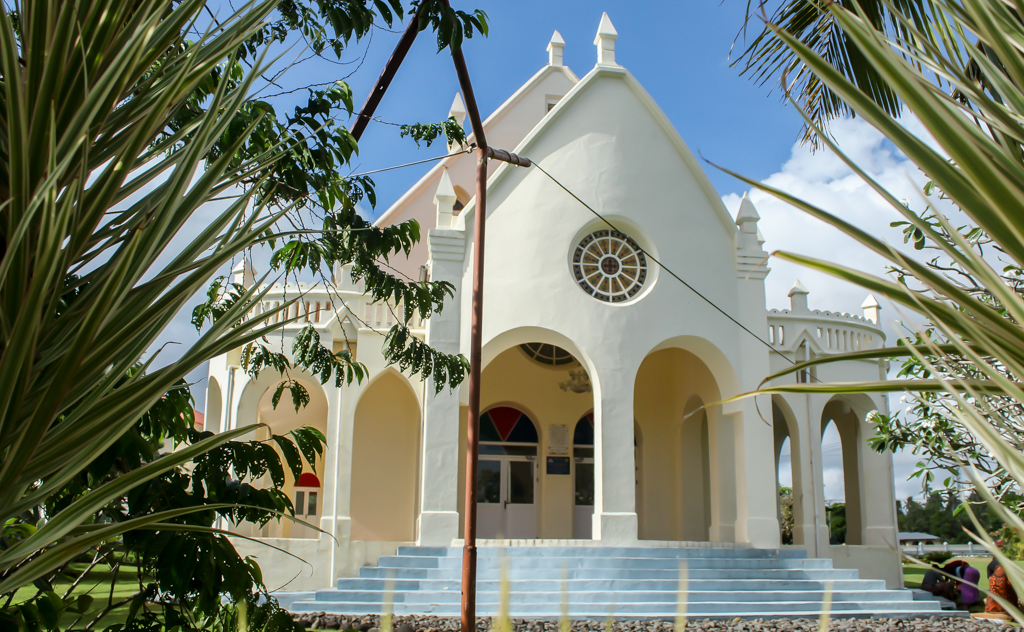
PIULA CHAPEL (ALOFA E LE UMA)
The initiative to build a Chapel for Piula College was raised at the Big Gathering or the District Meeting held at Gagaemalae Satuiatua on the 9-11 November 1911.1 Misi Nili or Missionary Ernest George Neil was the District Superintendent, and Folau Taoa was the Secretary. The request was accepted and was immediately decided that Misi Nili would design and oversee the building project. The purpose for any Church building is clear, for worship and prayers. But this Church building project is unique according to the design. The inscriptions “Wisdom is better than rubies” on the plague, as well as the Church architectural structure that includes 3 classrooms and a Library is significant. It says something about the purpose of the Church building with reference to Piula’s worship life (at the front), education, study and learning (at the rear). The mission of the Church needs graduates well-armed with a wisdom that is sanctified, “o le poto e faapaiaina.”
